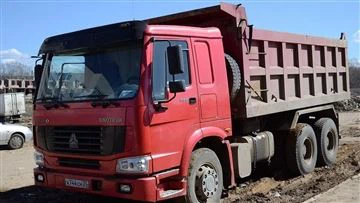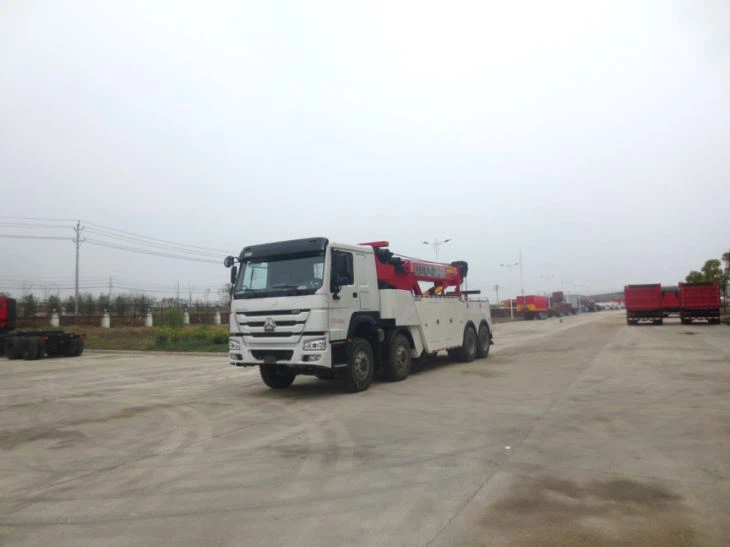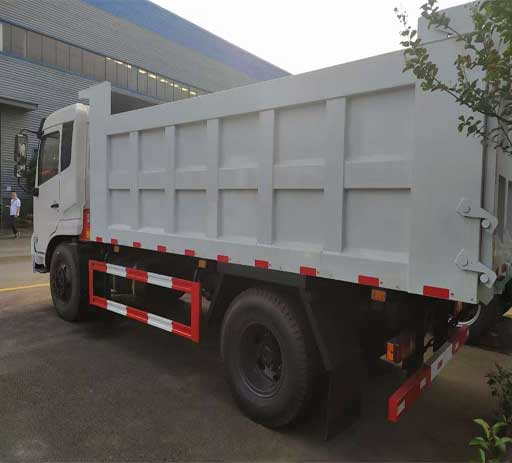Pusher Trailer: The Ultimate Guide to Understanding Its Importance and Use

Pusher trailers have become an essential component in various industries, particularly in the transportation sector. These trailers are designed to simplify the movement of heavy equipment and goods, making logistics more efficient. This comprehensive guide will cover everything you need to know about pusher trailers, including their design features, types, benefits, and practical applications. Additionally, we will address common questions and provide tips for selecting the right pusher trailer for your needs.
What is a Pusher Trailer?
A pusher trailer is a type of semi-trailer used primarily in transportation. It is characterized by its unique design that allows for easier loading and unloading of heavy items. Unlike traditional trailers, pusher trailers are equipped with mechanisms that push the cargo instead of merely relying on gravity and inertia. This feature is particularly useful in industries where transporting heavy or bulky items is common.
Types of Pusher Trailers
Pusher trailers come in various types, each suited for different applications. Understanding these types is crucial for selecting the right one for your needs.
Flatbed Pusher Trailers
Flatbed pusher trailers have a flat surface for loading goods and are commonly used for transporting construction materials, machinery, and other large items. They offer flexibility in cargo securing, making them a popular choice among logistics companies.
Advantages of Flatbed Pusher Trailers
- Easy loading and unloading from all sides
- Versatility in handling various cargo types
- Cost-effective for long-distance transport
Enclosed Pusher Trailers
Enclosed pusher trailers provide protection against the elements, making them ideal for transporting sensitive equipment or perishable goods. These trailers are equipped with walls and a roof, keeping the cargo secure and sheltered.
Advantages of Enclosed Pusher Trailers
- Protection from weather conditions
- Increased security for valuable items
- Better temperature control for sensitive goods
Lowboy Pusher Trailers
Lowboy pusher trailers are specifically designed for transporting heavy machinery and oversized loads. Their low height helps in navigating height restrictions on roads and bridges.
Advantages of Lowboy Pusher Trailers
- Ability to carry heavy and oversized loads
- Reduced center of gravity for better stability
- Access to more routes due to height clearance

Key Features of Pusher Trailers
Pusher trailers offer several technical features that enhance their efficiency and usability. Here are some key features to consider:
Hydraulic Systems

Hydraulic systems are a hallmark of pusher trailers. They allow for smooth operation of the pushing mechanism, enabling easy loading and unloading of cargo.
Durable Construction Materials
Most pusher trailers are made from high-grade steel or aluminum, ensuring durability and longevity. These materials can withstand the rigors of heavy loads and harsh environmental conditions.
Customizable Options
Many manufacturers provide customizable options such as adjustable height, extra storage compartments, and specialized cargo securement systems. This customization allows users to tailor the trailer to specific needs.
Benefits of Using Pusher Trailers
Integrating pusher trailers into your logistics and transportation operations can yield several benefits:
Increased Efficiency
Pusher trailers facilitate faster loading and unloading, which reduces turnaround times and increases overall operational efficiency.
Cost-Effectiveness
While the initial investment in a pusher trailer can be significant, the long-term savings in labor costs and reduced damage to cargo often outweigh these costs.

Improved Safety
The design of pusher trailers contributes to a safer working environment. The ability to push rather than pull reduces the likelihood of accidents during loading and unloading.
How to Choose the Right Pusher Trailer
Selecting the right pusher trailer involves several considerations. Here are key factors to assess:
Load Capacity
Determine the maximum weight you’ll need to transport. Ensure the trailer you choose can comfortably handle this weight, including any additional cargo.
Type of Cargo
Consider the type of goods you will be transporting. For instance, delicate items may require an enclosed trailer, while heavy machinery will necessitate a lowboy design.
Operational Insights
Understanding your operational needs, such as frequency of use and distance traveled, can help you choose a trailer that aligns with your logistics strategy.
Budget Constraints
Establishing a budget will assist in narrowing down the options. Consider both the initial purchase cost and the long-term operational costs.
Practical Examples of Pusher Trailer Applications
Pusher trailers have versatile applications in various sectors. Here are some practical examples:
Construction Industry
In construction, pusher trailers are commonly used to transport heavy machinery such as excavators, bulldozers, and cranes to job sites.
Agricultural Sector
Farmers often utilize pusher trailers for the transportation of large equipment such as tractors, plows, and harvesters. Their load capacity and stability make them ideal for this sector.
Logistics and Moving Services
Moving companies frequently employ enclosed pusher trailers to safely transport household goods. The secure environment protects items in transit.
Maintenance Tips for Pusher Trailers
Regular Inspections
Conduct routine inspections for any signs of wear and tear, particularly on the hydraulic systems and structural integrity.
Cleaning
Keep the trailer clean, removing any dirt, debris, or contaminants that could affect its performance.
Lubrication
Regularly lubricate moving parts to ensure smooth operation and minimize friction-related wear.
Common Issues with Pusher Trailers
While pusher trailers are designed for durability, they may encounter issues. Here are some common problems:
Hydraulic Failures
Hydraulic systems can fail due to leaks or contamination. Regular checks can help prevent these failures.
Tire Wear
Excessive wear on tires may indicate issues with weight distribution or alignment. Regular diagnostic checks can mitigate this risk.
Structural Damage
Heavy loads and rugged terrains can lead to structural damage. Inspect for cracks and bends regularly.
Frequently Asked Questions (FAQ)
What is a pusher trailer used for?
Pusher trailers are used for transporting heavy and bulky goods, making them ideal for industries such as construction, agriculture, and logistics.
How much weight can a pusher trailer carry?
The weight capacity of a pusher trailer varies based on its design and materials, typically ranging from 20,000 to 80,000 pounds.
Are pusher trailers easy to maintain?
Yes, with regular inspections, cleaning, and lubrication, maintaining a pusher trailer can be straightforward and helps ensure longevity.
Can I customize a pusher trailer?
Yes, many manufacturers offer customizable options to suit specific operational needs, including different heights, compartments, and securement systems.
How do I choose the right pusher trailer?
Consider factors such as load capacity, type of cargo, budget constraints, and operational needs to choose the most suitable pusher trailer for your requirements.
